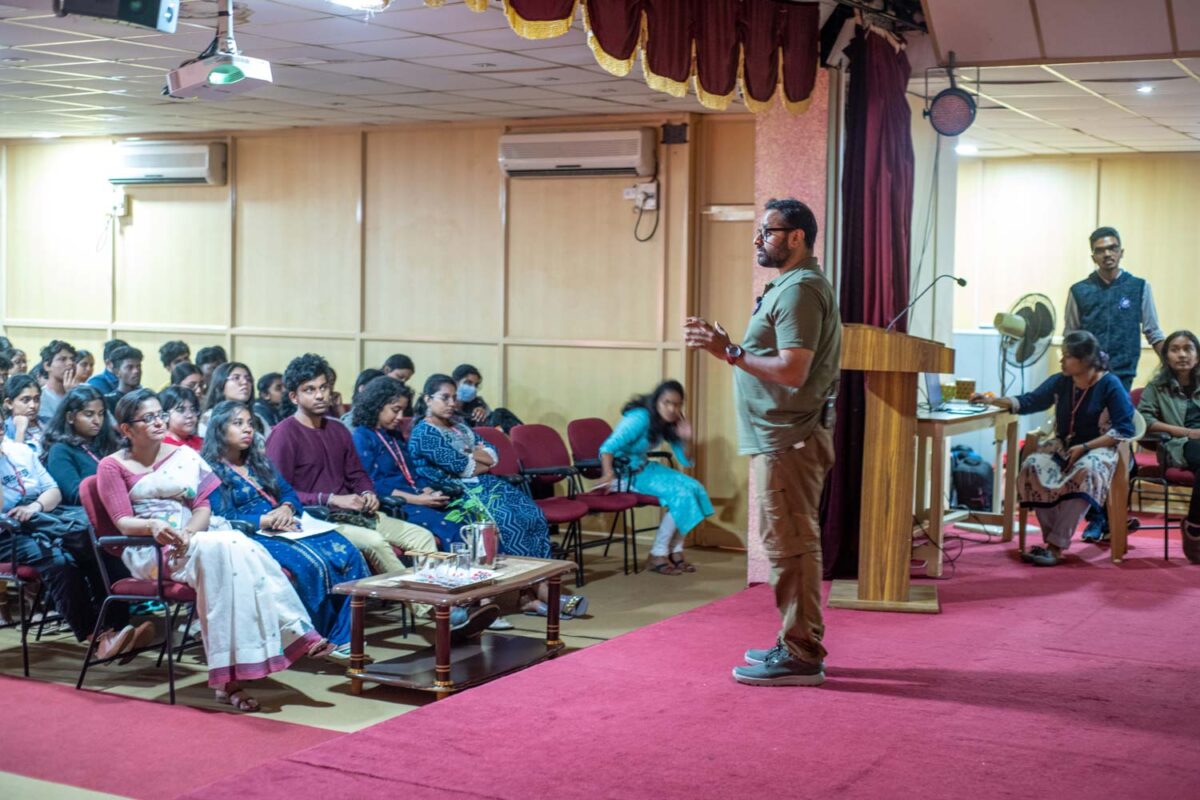Importance of Forest Fire Awareness

Forests play a vital role in the lives of all living things. There is always a big discrepancy between perceptions and reality.
This is what students think they know about wildfires and what they actually know in very basic terms about wildfires. Knowledge of forest phenomena is critical for educators, policymakers, environmentalists, etc.
Recent years there has been an increase in research on wildfires and human-wildlife interactions, this helping us understand relevant human behaviors, including prevention, mitigation, and preparedness measures. Campaigns aimed at educating adults about natural hazards, such as forest fires, mainly focus on raising their awareness, knowledge, and preparedness. A school can help other household members or members of a community transfer “actionable knowledge” outside of education for children and youth.Considering this context, educating children and youth on forests including fires would be an effective way to prevent and mitigate forest fires in general. However, specifically, to prevent them from occurring. A comprehensive understanding of children and youth awareness and knowledge about forest fires in Karnataka forests can facilitate the development of educational programs and teacher training.
Fires in forests can be caused by several factors
Forest officials and the study estimate that 99 percent of forest fires are caused by humans, and only one percent are caused by nature. Humans start forest fires for several reasons. In rural areas, there is a myth that grass grows faster and better after being burnt. Science has not proven this perception to be true. When people are warned for trespassing in the forest or leaving their cattle to graze for too long, they sometimes start fires as a form of revenge against officials. Farmers whose fields are adjacent to forests start fires to prevent their crops from being destroyed by animals. In the forest, trekkers have also been involved in incidents when they set up campfires during their trips.
In order to douse fires, the forest department should have the right equipment. Presently, they use branches and leaves of trees to extinguish the fire. If anyone inhales the carbon produced from these fires for even 10 minutes, then their lungs start choking. They need advanced equipment to douse the fire in a short period so that there is less damage.”
Causes of Forest Fires
1. Natural causes
2. Man-made causes
3. Unintentional or Accidental fire
4. Fires due to collection of minor forest produce
5. Fires due to logging operations
6. Fires due to management reasons
Damage from Forest Fires
1. Destruction of seeds
2. Destruction of young seedlings
3. Damage of young plants and trees
4. Deterioration of site
5. Injury to wildlife
Control of Forest Fires
1. Preventive measures
2. Combative measures
3. Remedial measures
Fire Prevention Methods
1. Relationships with public
2. Personal contact
3. Special campaigns
4. Religious sermons
5. Training
6. Public awareness


